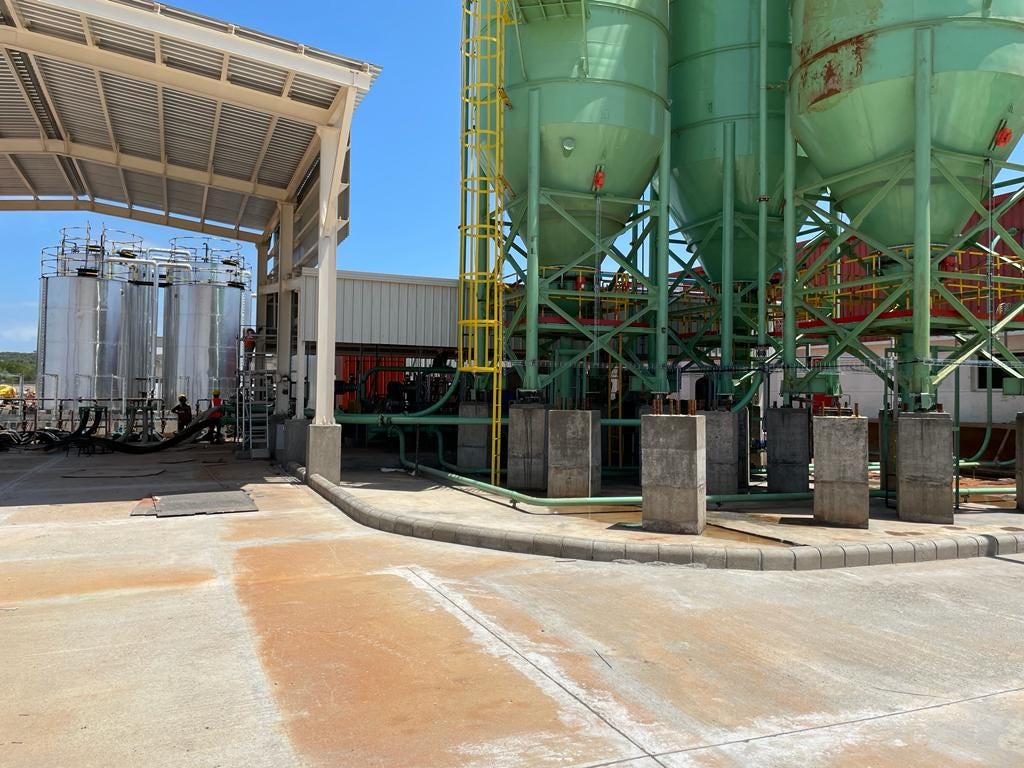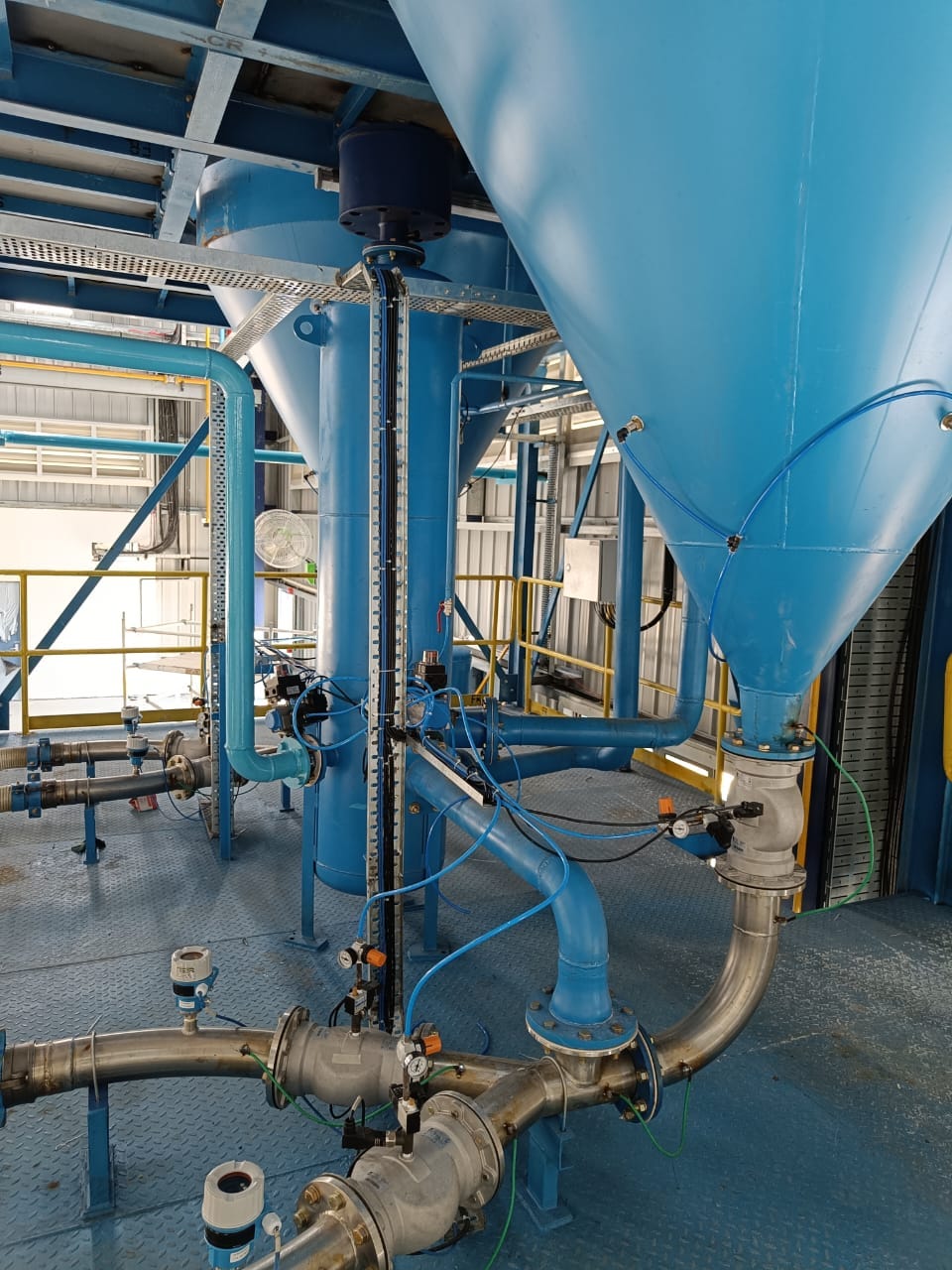Pneumatic conveying with confidence: Ask these questions before you decide if you want lean or dense phase
Choose right. Get efficiency, optimise cost and product integrity.
Why do clients call us for a visit? Everyday, we receive messages asking us to depute our pneumatic conveying experts to suggest ‘solutions’.
So what’s the problem?
Industries across board face the same problems:
Dust pervades entire plants causing health and safety issue. Not to mention wastage.
Mechanical systems fail faster because they have more moving parts
Quick fix solutions are often labour intensive
Pneumatic conveying, simply put solves for dust, speed, automatic and it lasts forever- minimum moving parts.
In bulk material handling, efficiency, cleanliness, and reliability are critical.
Famously industry agnostic, pneumatic conveying systems find their use industries: food, cement, petrochemicals, paint, chemicals and agriculture. Choosing the right system is vital because the type of conveying process determines efficiency, cost, and product integrity.
This article, teaches you what questions to ask before you decide : Lean Phase or Dense Phase. Still, please call us even after you decide, in today’s world, validation is king!
Dilute Phase Pneumatic Conveying
Ask yourself these questions:
If you answer yes to all, choose lean phase:
✅ Is my existing system generating too much dust?
✅ Is my powder’s bulk density greater than 500kg per cum?
✅ Am I ok with my powder losing shape or breaking into smaller particles?
✅ Is my budget low?
✅ Are my conveying distances less than 100m? (both horizontal and vertical)
Summary:
Dilute phase conveying operates on the principle of high-velocity, low-pressure airflow. Materials are suspended in the airstream and transported at high speeds.
How it works: Material is fed into the pipeline where high-velocity air keeps particles suspended. Learn how to calculate speed and material to air-ratios, YouTube can indeed make you an expert.
Best suited for: Lightweight, non-abrasive materials such as flour, sugar, plastic granules, or grains. Our masterclass demystifies bulk densities and how to size pipelines based on powder properties. (email marketing@scorpiobmh.com if you need a course customised for your plant engineers)
Both Vacuum and positive pressure can be used. This system is ideal when speed is more important than gentle handling.
Dense Phase Pneumatic Conveying
Ask yourself these questions:
If you answer yes to all, choose dense phase:
✅ Is my existing system generating and losing valuable material?
✅ Do I have enough headroom?
✅ Will my material flow in dense phase (only certain types of powders are conducive to dense phase flow, there are several studies and research papers that you will need to access, read and then decide.)
✅ Do I have to convey over long distances?
✅ Am I worried about breakage?
✅ Do I have a high enough budget? (The dense flow vessel, heart of the conveying system is Capex heavy and technology heavy, only experts can design this system)
Summary:
Dense phase pneumatic conveying moves materials at a much lower velocity using higher pressure. Instead of being suspended, the material forms plugs or layers that are gently pushed along.
Dense Phase System
How it works: Compressed air or inert gas propels dense slugs of material slowly through the pipeline. Highly technical, sizing of the dense flow vessel and designing the system for optimisation requires experience and hours of fundamental engineering study. Newton, Bernoulli, Charles, Boyle: Remember them?
Best suited for: Abrasive or fragile materials like cement, sand, chemicals, or food powders.
Pros: Gentle handling, reduced pipe wear, better material integrity.
Cons: Higher equipment cost, requires precise design.
Choose this when product quality and pipeline longevity are top priorities.
FAQs about Pneumatic Conveying Systems
Q1: What are the advantages of using pneumatic conveying systems over mechanical conveyors?
Pneumatic systems are enclosed, reducing dust and contamination risks. They are more flexible in routing, require less space, and ensure cleaner, safer operations compared to mechanical conveyors.
Q2: How do I decide between dilute and dense phase pneumatic conveying?
Choose dilute phase for lightweight, non-abrasive materials needing fast transport. Opt for dense phase when handling abrasive, fragile, or heavy powders that need gentle movement.
Q3: Can pneumatic conveying systems handle fragile materials without damage?
Yes. Dense phase systems and carefully designed vacuum systems allow fragile materials like food powders or pharmaceuticals to be conveyed gently with minimal degradation.
Conclusion
The types of pneumatic conveying system—dilute phase, dense phase, vacuum, positive pressure, and hybrid—offer tailored solutions for a wide range of industries. From food safety to cement durability, each system plays a vital role in modern bulk material handling.
When selecting a system, it’s crucial to consider your industry’s unique needs. With expertise in pneumatic conveying solutions, Scorpio BMH provides reliable, efficient, and customized systems for global industries.



